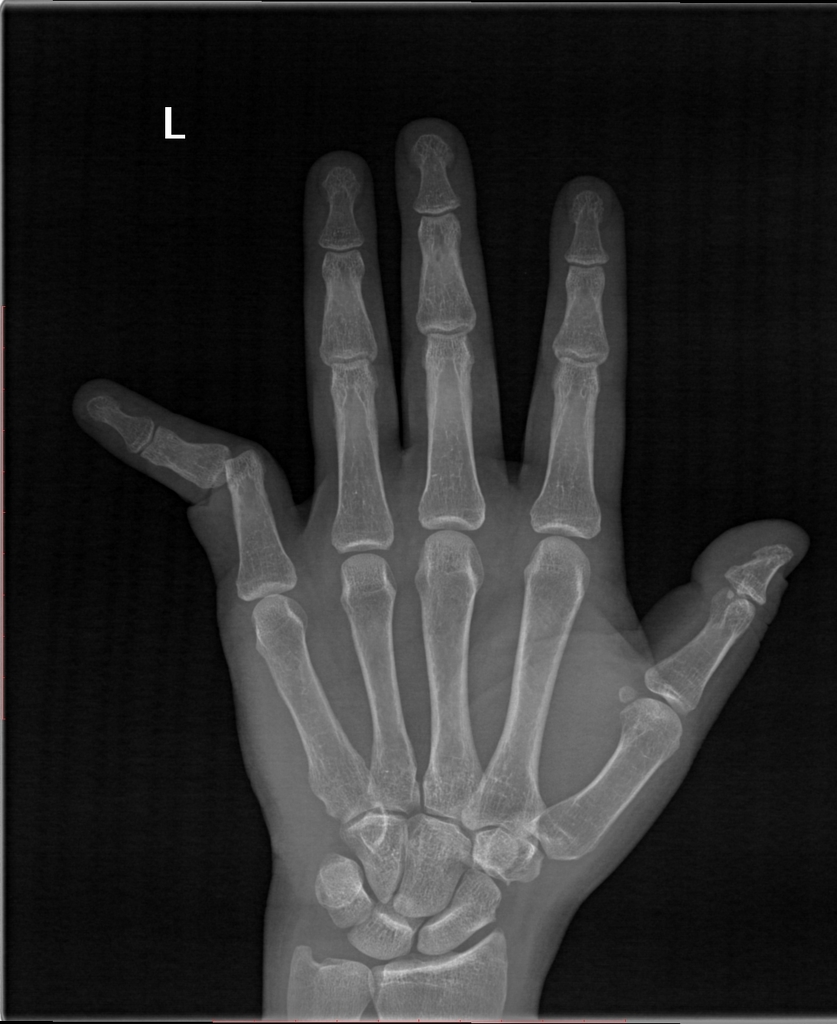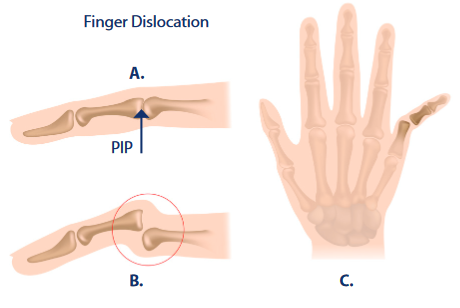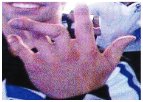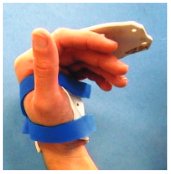nalco group
bone, muscle & joint pain physio
BOOK NOW / WHATSAPP ABOUT YOUR PAIN OR INJURY
- NOVENA 10 Sinaran Drive, Novena Medical Center #10-09, Singapore 307506
- TAMPINES 9 Tampines Grande #01-20 Singapore 528735
- SERANGOON 265 Serangoon Central Drive #04-269 Singapore 550265
Home > Blog > Hand Therapy & Customized Splinting > Conditions > Finger, Hand, Wrist, Forearm & Elbow Conditions > Finger Dislocation (Proximal Interphalangeal Joint) Hand Therapy
Finger Dislocation (Proximal Interphalangeal Joint) Hand Therapy
“Working with a knowledgeable hand therapist can make the difference between success and failure in complex hand surgical cases. The therapist extends the continuum of our care, as well as functioning as coach and trainer for our patients.”
Marybeth Ezaki, MD, Past President, American Society for Surgery of the Hand
In Phoenix Rehab, our senior hand therapists are experienced licensed and dedicated therapists (physiotherapists and/or occupational therapists) who specialized ONLY in the rehabilitation, treatment and management of painful fingers, hands, wrists, forearm & elbow conditions, because of interest, passion and expertise.

Finger dislocation is a very common injury.
It occurs when the bones of the finger are moved (dislocated) from their normal position. A dislocated finger can occur in any of the joints of any finger, but most of the time it occurs in the middle knuckle (PIP* joint) of a finger.
Types of dislocations are called
- dorsal
- volar or
- lateral
depending on the direction of the dislocated bone. There can be a fracture associated with a dislocation (this is called fracture dislocation) and also the ligaments surrounding the joint can be sprained or torn.
*PIP = proximal interphalangeal ie the middle joint of the fingers

Illustration of a normal finger (A), (B: dorsal PIP dislocation) and (C: lateral PIP dislocation)
What are the symptoms of a finger dislocation?
A dislocated finger is usually obvious, but not always.
Usually the dislocated finger may appear crooked or bent and can be painful, swollen, bruised and difficult to move. There may be numbness or tingling and the finger may have a pale color.
Some dislocations may cause the skin to tear.

Example of a lateral PIP dislocation after a motorcycle injury
What are the causes of a finger dislocation?
The most common causes of finger dislocations are
- sports or
- falls
where the finger can be
- twisted
- bent or
- pushed backward forcefully
An object such as a ball hitting the finger can also cause the finger to dislocate.
What is the treatment for a finger dislocation?
Fortunately, most finger dislocations can be treated without surgery.
A physical examination and X-rays may be taken (X-rays are done usually to rule out fractures or fracture dislocations). Treatment usually consists of “putting the finger back in place” (reduction).
It is then rested in an orthotic or buddy taped to its neighbor.
Early exercise to bend the finger is generally begun once the finger is safe to be moved. If the dislocation is combined with a fracture and is not stable, surgery might be required.
What can a hand therapist do for me?
Our senior hand therapist may fabricate a custom hand and finger splint to protect the finger as it heals. Regaining the movement and strength of the hand will be a focus of treatment.
Our senior hand therapist will work with the patient in order to achieve the best possible outcome after a finger dislocation to improve
- range of motion (movement)
- power
- agility
- stamina

Example of an orthosis to protect ring and small fingers dorsal dislocations
Patients may also receive the following hand therapy treatment modalities:
- cold therapy
- heat therapy
- moist heat paraffin wax therapy
- manual therapy
- joint mobilization
- ultrasound therapy
- stretching exercises
- strengthening exercises
- scar management
- etc
